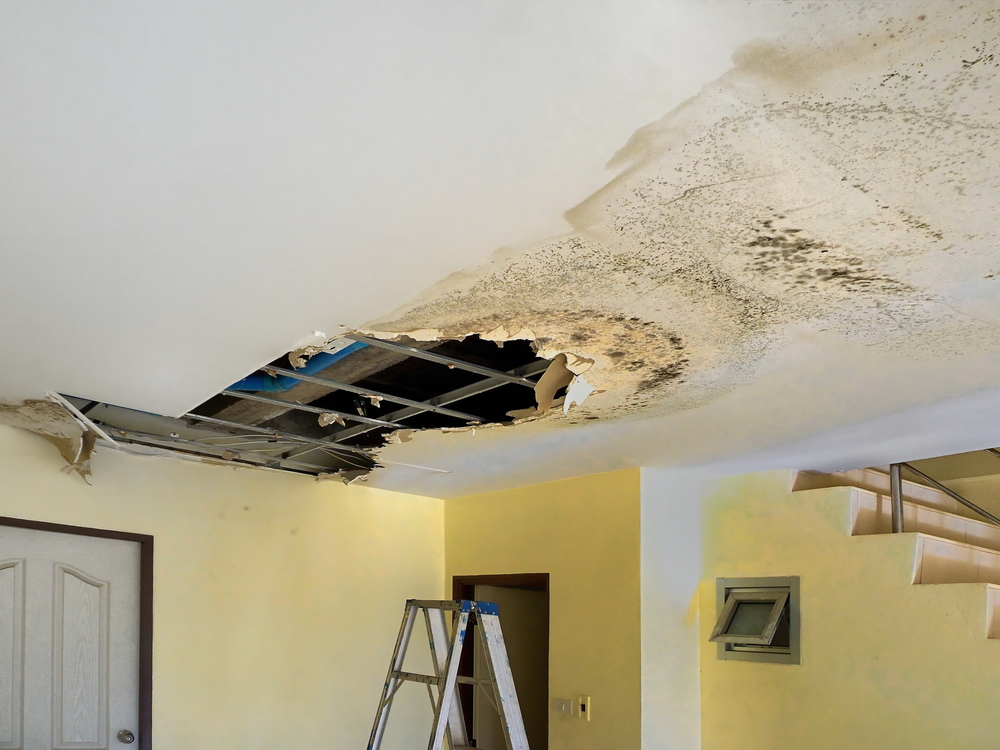Guide To Water Leak Discovery At Home
Guide To Water Leak Discovery At Home
Blog Article
The author is making a number of good observations regarding Locating water leaks in general in this post beneath.

Early detection of dripping water lines can minimize a possible disaster. Aside from conserving you money, it will reduce the irritation and also frustration. The moment you locate a leak, calling your plumber for fixings is the very best option. Nonetheless, some small water leaks may not show up. If you can not discover it with your nude eyes, here are some hacks that help.
1. Take A Look At the Water Meter
Checking it is a proven means that helps you discover leaks. If it moves, that indicates a fast-moving leakage. This suggests you might have a slow-moving leakage that can also be underground.
2. Inspect Water Usage
Assess your water bills and track your water usage. As the one paying it, you need to see if there are any type of discrepancies. If you spot sudden changes, in spite of your consumption being the same, it implies that you have leaks in your plumbing system. Remember, your water costs must fall under the very same range each month. An unexpected spike in your costs suggests a fast-moving leak.
A stable increase every month, also with the same routines, reveals you have a slow-moving leakage that's additionally slowly rising. Call a plumber to completely inspect your residential or commercial property, specifically if you feel a warm area on your flooring with piping underneath.
3. Do a Food Coloring Examination
When it comes to water intake, 30% comes from bathrooms. If the color in some way infiltrates your dish during that time without flushing, there's a leak in between the storage tank and dish.
4. Asses Outside Lines
Do not fail to remember to inspect your exterior water lines also. Needs to water permeate out of the link, you have a loosened rubber gasket. One tiny leakage can lose loads of water as well as surge your water expense.
5. Evaluate as well as Analyze the Situation
Property owners need to make it a practice to examine under the sink counters as well as also inside cabinets for any kind of bad odor or mold and mildew development. These 2 red flags indicate a leakage so timely focus is needed. Doing routine evaluations, even bi-annually, can conserve you from a major trouble.
Check for discolorations and deteriorating as most appliances and also pipelines have a life span. If you think leaking water lines in your plumbing system, don't wait for it to intensify.
Early discovery of dripping water lines can mitigate a potential disaster. Some small water leaks may not be noticeable. Inspecting it is a guaranteed method that helps you find leaks. One little leakage can squander heaps of water and spike your water bill.
If you think dripping water lines in your plumbing system, do not wait for it to intensify.
How to Know If Your Home Has a Hidden Leak
Water Meter Reveals Inexplicable Water Usage
If you’d like to test whether or not there’s a leak somewhere in your home, you can do this using your water meter. Here is how to conduct the test:
Don’t use any water in your home for at least 30 minutes; this also means not turning on faucets or water-using appliances.
Go outside, and check your water meter for activity.
If your water meter shows that there was activity, even though no one was using any water, this proves that there is a leak in your home.Visible Mold or Mildew Growth
Leaks behind walls create moist, dark environments that allow mold and mildew to grow and thrive. Eventually, you might see mold growth forming on the wall closest to a hidden leak.
If mold is growing in an area that receives a high amount of moisture, such as a bathroom, it may simply be an indication that better ventilation is needed. However, if you see mold growth on a wall or the ceiling in an area where you would not expect, you probably have a hidden leak.
Musty, Mildew Odor
Sometimes you might not be able to see the mold or mildew that is growing as a result of a leak. However, the smell can give the problem away just as easily. If you catch a whiff of something musty, there’s a good chance that old water is collecting somewhere in your home that you can’t see.
Stained/Warped Walls, Ceilings, or Floors
When your home soaks up water, a variety of red flags can become visible, including ceiling stains, bubbling drywall, warped walls, and sagging floors. While these issues can be caused by excess humidity, they can also be signs that a pipe or plumbing connection has started leaking behind your walls.
Inexplicably High Water Bill
After a while, you get a general sense for what your water bill should be. If you own a pool or sprinkler system, your bill will tend to be higher during summer. However, if you receive a water bill that seems especially high, and you can’t figure out what caused it, then you may have a hidden leak somewhere that’s increasing your bill.
https://www.plumbingjoint.com/blog/2019/july/how-to-know-if-your-home-has-a-hidden-leak/

Hopefully you enjoyed our section about Detecting hidden plumbing leaks. Thanks a ton for taking a few minutes to read our piece. Sharing is caring. One never knows, you may be helping someone out. I am grateful for your time. Visit us again soon.
Report this page